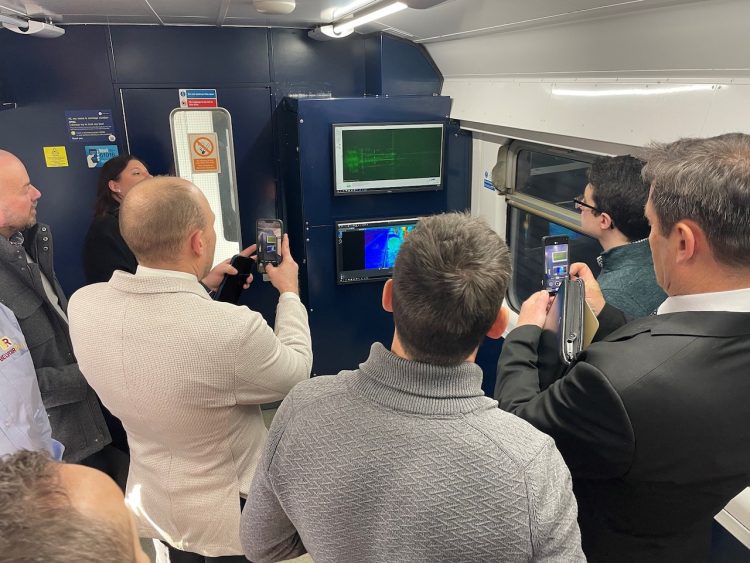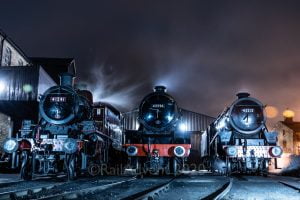Train operator Northern has revealed that it will be remotely monitoring some of its Class 170 ‘Turbostar’ trains as they travel across Yorkshire, to help identify any engine problems before the train returns to its depot.
Northern has been working with rolling stock provider Porterbrook to fit remote condition monitoring (RCM) hardware built by Instrumentel to the trains’ engines.
Engineers from the Derby Engineering Unit installed the hardware.
The work took place at the recently-revamped Neville Hill TrainCare Centre in Leeds, West Yorkshire, and forms part of what Northern calls a ‘digital transformation project’.
By remotely monitoring the trains, Northern’s engineers will be able to access reliable data quickly and in real-time, so they will no longer have to rely exclusively on checking engines manually.
This will enable Northern to plan its train maintenance based on more accurate predictions and to address potential engine issues before they create problems.

The overall impact of the new remote monitoring system is to make train maintenance proactive rather than reactive.
By adopting a preventative or condition-based approach, Northern hopes to significantly reduce the time that its trains are out of passenger service having their engines repaired.
In 2022, Northern launched its Intelligent Trains programme, aiming to use digital technology to improve efficiency and performance, and the launch of remote monitoring contributes to this. Last year, the operator fitted its trains with ‘data hoovers’ that monitor the condition of the infrastructure.

“Remote and real-time monitoring of track and train is something the rail industry has been working towards over the past couple of years – and forms a central part of our Intelligent Trains programme.
“We’re delighted to be working with Porterbrook on this hardware for the Class 170 Turbostar fleet and look forward to the real-world benefits it will bring to fleet maintenance.”
Iain Burnett, fleet director at Northern






Responses
Where do the results end up? A fax machine?
The rail industry has been working on this sort of thing for a lot longer than a couple of years, more like twenty. Data hoovers, who thought that one up?